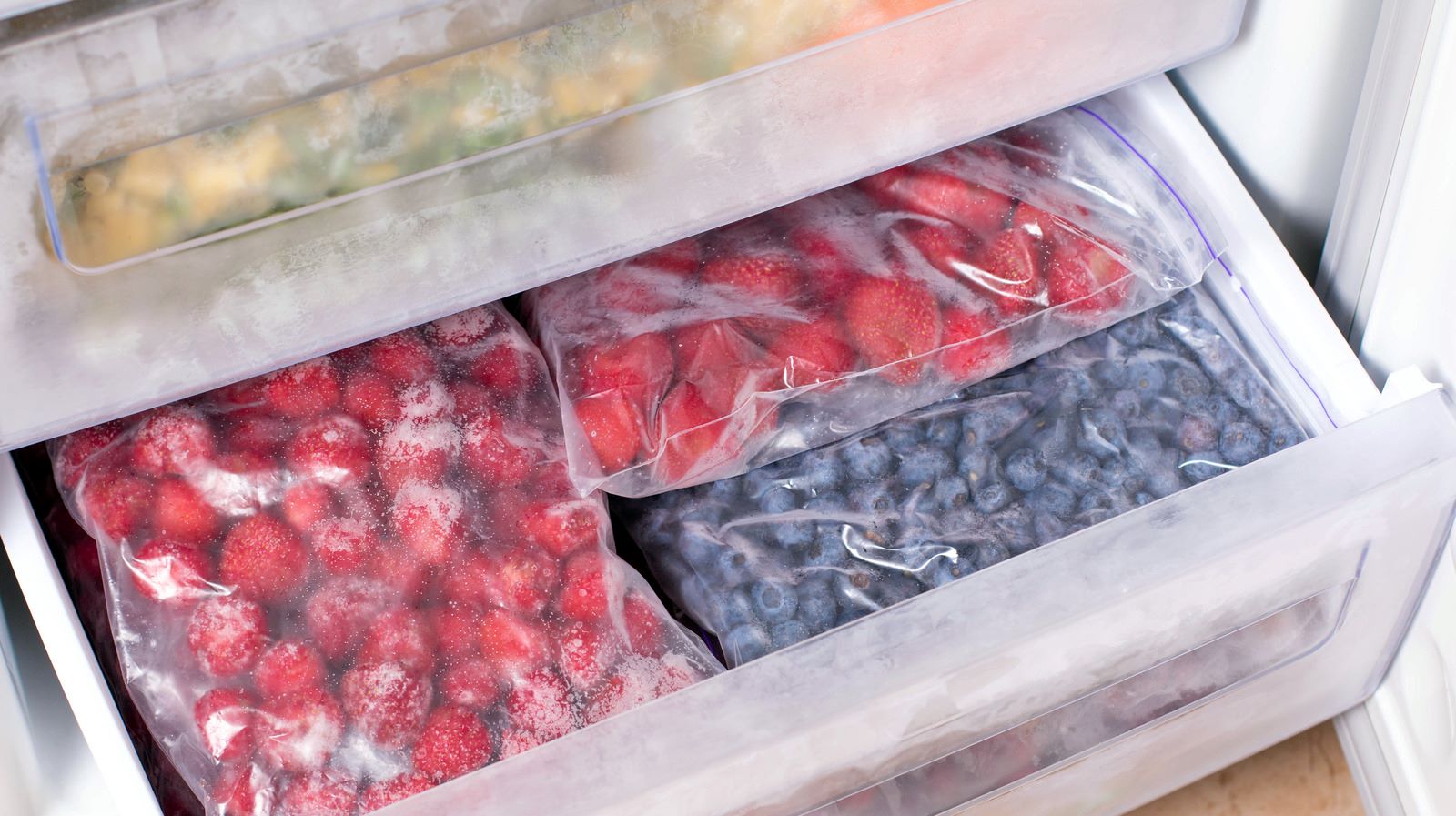

Articles
How To Store Frozen Fruit In Freezer
Modified: January 7, 2024
Learn how to store frozen fruit properly in your freezer with these helpful articles. Keep your fruit fresh and ready to use anytime!
(Many of the links in this article redirect to a specific reviewed product. Your purchase of these products through affiliate links helps to generate commission for Storables.com, at no extra cost. Learn more)
Introduction
Freezing fruit is an excellent way to preserve it for extended periods while retaining its freshness, flavor, and nutritional value. Whether you have an abundance of ripe fruits from your garden or want to take advantage of seasonal sales, knowing how to store frozen fruit properly is crucial to avoid spoilage and waste.
In this article, we will explore the benefits of freezing fruit and provide you with practical tips on choosing the right containers, preparing the fruit for freezing, packaging and labeling, best practices for freezing, storing the frozen fruit in the freezer, proper thawing methods, and tips for using frozen fruit effectively.
By following these guidelines, you can ensure that your frozen fruit remains in optimal condition, ready to be enjoyed in a variety of recipes throughout the year.
Key Takeaways:
- Enjoy the benefits of frozen fruit, from extended shelf life to budget-friendly options. Follow proper storage, preparation, and thawing methods for optimal results in your recipes and snacks.
- Make the most of frozen fruit by incorporating it into smoothies, baked goods, jams, and more. With the right techniques, you can savor the flavors of fresh fruit all year round.
Read more: How To Store Frozen Fruit
Why Store Frozen Fruit
Freezing fruit offers several advantages that make it a popular method of preservation. Here are some compelling reasons why you should consider storing your fruit in the freezer:
- Extended Shelf Life: Freezing fruit significantly extends its shelf life compared to leaving it at room temperature or refrigeration. By freezing the fruit, you can enjoy its freshness and quality for months, allowing you to enjoy your favorite fruits even when they are out of season.
- Preserves Nutritional Value: Freezing is a gentle preservation method that helps retain the nutritional value of fruits. The freezing process slows down enzyme activity and microbial growth, helping to preserve vitamins, minerals, antioxidants, and other essential nutrients present in the fruit.
- Budget-Friendly: Freezing fruit allows you to save money by taking advantage of seasonal sales and bulk purchases. You can buy fruits when they are in abundance and freeze them for later use, ensuring that you always have a stock of fruits without spending a fortune.
- Convenience and Accessibility: Frozen fruit provides convenience and accessibility. It eliminates the need for frequent trips to the grocery store, especially for fruits that are not in season. With frozen fruit readily available, you can quickly add them to smoothies, baked goods, or enjoy them as a healthy snack.
- Versatility in Cooking: Frozen fruit is incredibly versatile in cooking. You can use it in a wide range of recipes, including smoothies, desserts, jams, pies, and sauces. The frozen fruit retains its flavor and texture, making it an excellent substitute for fresh fruit in cooking and baking.
Now that you understand the benefits of freezing fruit, let’s explore how to store it properly to maximize its shelf life and preserve its quality.
Choosing the Right Containers
Choosing the right containers is essential for storing frozen fruit effectively. Here are some factors to consider when selecting containers for freezing fruit:
- Airtightness: Opt for containers that are airtight to prevent moisture loss and freezer burn. This will help maintain the taste, texture, and quality of the frozen fruit.
- Material: Choose containers made of freezer-safe materials like BPA-free plastic, glass, or aluminum. These materials are durable and can withstand the freezing temperatures without cracking or breaking.
- Size: Consider the size of the containers based on your usage. Smaller containers are ideal for portion control and quick access to individual servings, while larger containers are suitable for storing larger quantities of fruit.
- Stackability: Opt for containers that can be easily stacked to optimize freezer space. This will help you maximize the storage capacity and keep your freezer organized.
- Transparency: Transparent or semi-transparent containers allow you to easily identify the contents without having to open the container. This can be helpful when you have different types of fruit stored in the freezer.
- Reusable: Consider using reusable containers to reduce waste. Look for containers that are dishwasher safe for easy cleaning and long-lasting usage.
Popular container options for freezing fruit include plastic freezer bags, freezer-safe glass jars, plastic containers with tight-fitting lids, and vacuum-sealed bags. Choose the option that suits your needs and preferences the best.
Once you have selected the right containers, the next step is to prepare the fruit for freezing.
Preparing the Fruit for Freezing
Properly preparing the fruit before freezing is crucial to maintain its quality and prevent any potential issues during storage. Here’s a step-by-step guide on how to prepare your fruit for freezing:
- Wash the Fruit: Start by washing the fruits thoroughly under cold running water to remove any dirt, residues, or pesticides. Gently pat them dry with a clean towel or paper towel.
- Peel and Slice (if necessary): Depending on the type of fruit, you may need to peel, pit, or remove any unwanted parts before freezing. For example, you may need to peel and slice bananas or remove the pits from cherries or peaches.
- Cut into Desired Size: Cut the fruit into your desired size and shape. You can dice, slice, or leave them whole based on your preference and the intended use of the frozen fruit.
- Treat with Ascorbic Acid (optional): Some fruits, like apples or pears, may oxidize and turn brown when exposed to air. To prevent this, you can treat the fruit with ascorbic acid, also known as vitamin C. Dissolve 1 teaspoon of ascorbic acid powder in 1 cup of water, and dip the fruit slices in the solution for a few minutes before draining.
- Blanch (if applicable): Depending on the fruit, blanching may be necessary to preserve its texture and color. Blanching involves briefly boiling the fruit in water and then plunging it into ice water to stop the cooking process. This step is commonly done for fruits like berries and peaches.
- Drain and Dry: After any treatments or blanching, make sure to drain the fruit well and pat it dry with a clean towel. Excess moisture can cause ice crystals to form, leading to freezer burn and a decrease in quality.
Once you have prepared the fruit, it’s time to proceed with packaging and labeling for freezing.
Packaging and Labeling
Proper packaging and labeling are essential steps in storing frozen fruit. By following these guidelines, you can easily identify and use the fruit, ensuring that it remains in optimal condition. Here’s what you need to do:
- Choose the Right Packaging: Transfer the prepared fruit into the chosen freezer-safe containers or bags. Ensure that the containers are filled to leave a bit of headspace to allow for expansion during freezing.
- Remove Excess Air: If using freezer bags, gently press out as much air as possible before sealing. This helps to prevent the fruit from getting freezer burn and maintains its quality.
- Label Containers: Clearly label each container or bag with the type of fruit and the date of freezing. This will help you keep track of the fruit’s freshness and ensure that you use the oldest ones first.
- Freeze in Single Layers (Optional): If you are freezing individual pieces of fruit, such as berries or grapes, it can be helpful to freeze them in a single layer on a baking sheet before transferring them to containers or bags. This prevents them from clumping together and makes it easier to remove the desired amount when needed.
- Organize and Stack: Arrange the labeled containers or bags neatly in the freezer to optimize space and allow for easy access. Stack them if possible, but avoid overpacking to prevent crushing or damaging the fruit.
By following these packaging and labeling guidelines, you can easily locate and use the frozen fruit without any confusion or wastage.
Now that your fruit is properly packaged and labeled, let’s move on to the best practices for freezing fruit to ensure its longevity and quality.
To store frozen fruit in the freezer, spread the fruit in a single layer on a baking sheet and freeze for 1-2 hours. Then transfer the fruit to a resealable plastic bag or airtight container to prevent clumping.
Best Practices for Freezing Fruit
To ensure that your frozen fruit retains its flavor, texture, and nutritional value, it’s important to follow these best practices for freezing:
- Freeze Fresh Fruit: Select fresh and ripe fruit for freezing. Overripe or damaged fruit may not freeze well and can affect the quality of the end product.
- Freeze in Small Batches: Freeze fruit in small batches to ensure faster freezing and better preservation of the fruit’s quality. This prevents the temperature of the freezer from fluctuating too much when adding a large quantity of fruit at once.
- Don’t Overcrowd the Freezer: Avoid overcrowding the freezer with too many containers or bags of fruit. Adequate air circulation allows for proper freezing and helps maintain a consistent temperature throughout the freezer.
- Keep the Freezer at the Right Temperature: Set your freezer temperature at or below 0°F (-18°C) for optimum fruit storage. Maintaining a steady freezing temperature is crucial in preventing the growth of harmful bacteria and maintaining the quality of the fruit.
- Be Mindful of Freezer Placement: Avoid placing the fruit containers near the front of the freezer or in areas where they may be exposed to warm air when the freezer door is opened frequently. This can lead to temperature fluctuations and impact the fruit’s quality.
- Do Not Refreeze Thawed Fruit: Once frozen fruit has thawed, do not refreeze it. This can negatively affect the texture and taste of the fruit. Instead, use the thawed fruit immediately or consume it within a short period.
- Rotate Old Fruit: Use the “first in, first out” principle when utilizing your frozen fruit. To prevent waste and freezer burn, make sure to rotate and use the older fruit before the newer additions.
- Monitor Freezer Conditions: Regularly check and maintain your freezer’s condition, keeping it clean, organized, and free of ice build-up. This helps in preserving the quality of the frozen fruit and preventing any freezer odors from transferring to the fruit.
By following these best practices, you can ensure that your frozen fruit remains in optimal condition during storage and is ready to be enjoyed whenever you need it.
Next, let’s explore how to store the frozen fruit in the freezer efficiently.
Storing Frozen Fruit in the Freezer
Properly storing frozen fruit in the freezer is essential to maintain its quality and ensure that it remains in optimal condition. Here are some guidelines to follow:
- Choose an Appropriate Location: Find a spot in your freezer where the temperature remains consistent. Avoid placing the fruit near the freezer door or in areas where it may be exposed to warm air or temperature fluctuations.
- Optimize Freezer Space: Arrange the containers or bags of frozen fruit in an organized manner, making efficient use of the available freezer space. Stack containers, if possible, but be cautious not to overfill or crush the fruit.
- Use First-In, First-Out Method: Store the newly frozen fruit at the back of the freezer and the older ones towards the front. This ensures that you use the older fruit first, minimizing the risk of them being forgotten and going to waste.
- Don’t Disturb the Fruit: Avoid frequently moving or jostling the frozen fruit containers as it can lead to formation of ice crystals or freezer burn. Handle them gently and only when necessary.
- Keep a Freezer Inventory: Create a freezer inventory or use labels to keep track of the types of fruit and their freezing dates. This helps in locating specific fruits and ensures that you use them before they deteriorate in quality.
- Prevent Cross-Contamination: If you are storing different types of fruit together, use separate containers or bags to prevent cross-contamination of flavors. This is particularly crucial when storing strong-flavored fruits like berries or citrus fruits.
- Follow Recommended Storage Times: While frozen fruit can last for a long time, it’s best to consume it within the recommended storage times for optimal freshness and flavor. Check the specific storage times for different fruits and adjust your usage accordingly.
By following these guidelines, you can ensure that your frozen fruit remains well-organized, easily accessible, and maintains its quality for an extended period.
Now that you have learned how to store frozen fruit in the freezer, it’s equally important to know the proper thawing methods. Read on to learn more.
Proper Thawing Methods
Thawing frozen fruit properly is essential to maintain its texture, flavor, and quality. Here are some recommended methods for thawing frozen fruit:
- Refrigerator Thawing: The safest and most recommended method is to thaw frozen fruit in the refrigerator. Simply transfer the desired amount of fruit from the freezer to a container or plate and place it in the refrigerator. This slow thawing process allows the fruit to defrost gradually without compromising its texture. Keep in mind that it may take several hours to overnight for the fruit to thaw completely, depending on its size and type.
- Cold Water Thawing: If you need to thaw the fruit quickly, you can use the cold water thawing method. Place the frozen fruit in a sealed plastic bag and submerge it in a bowl of cold water. Change the water every 30 minutes to maintain a consistently cold temperature. This method can thaw the fruit within an hour or so, depending on the fruit’s size and initial freezing temperature. Avoid using warm or hot water, as it can partially cook the fruit and affect its quality.
- Microwave Thawing (for small portions): If you only need a small amount of fruit, you can use the microwave thawing method. Place the frozen fruit in a microwave-safe bowl and use the defrost mode or low power setting. Microwave for short intervals, stopping and stirring the fruit every 30 seconds to ensure even thawing. Be cautious not to overheat the fruit, as it can quickly turn mushy or start cooking.
Regardless of the thawing method you choose, it’s essential to handle the fruit gently and avoid prolonged exposure to room temperature. Once thawed, use the fruit immediately or store it in the refrigerator to maintain its freshness.
Now that you know how to properly thaw frozen fruit, let’s explore some tips for using it effectively.
Tips for Using Frozen Fruit
Using frozen fruit is a convenient and versatile way to enjoy the flavors of your favorite fruits year-round. Here are some tips to make the most out of your frozen fruit:
- Smoothies and Shakes: Frozen fruit is perfect for adding a burst of flavor and nutrition to your smoothies and shakes. Blend it with your choice of liquid, such as almond milk or yogurt, along with other ingredients like spinach or protein powder for a refreshing and wholesome beverage.
- Baked Goods: Add frozen fruit to cakes, muffins, bread, and other baked goods. Simply fold in the fruit while making the batter, and it will release its juices and flavor as it bakes. This adds a delightful fruity twist to your favorite recipes.
- Top Yogurt or Oatmeal: Defrost a handful of frozen fruit and use it as a topping for your yogurt or oatmeal. It adds natural sweetness, vibrant colors, and a delightful texture to your breakfast or snack.
- Jams and Sauces: Frozen fruit can be used to make homemade jams or fruit sauces. Simmer the thawed fruit with a sweetener of your choice and a splash of lemon juice until thickened. Use it as a spread, topping, or mix-in for your favorite dishes.
- Pies and Tarts: Whip up delicious pies and tarts using frozen fruit. Fill the pastry with the thawed fruit, along with sugar, spices, and a thickening agent like cornstarch or tapioca. Bake until the crust is golden and the fruit is bubbling.
- Fruit Parfaits: Layer your frozen fruit with yogurt, granola, and nuts to create a nutritious and satisfying fruit parfait. It’s a tasty and visually appealing way to enjoy the flavors and benefits of the frozen fruit.
- Infused Water and Cocktails: Drop a few frozen fruit pieces into your water or cocktail for a refreshing twist. The fruit will act as flavor-infusing ice cubes, slowly releasing their taste as they thaw.
- Snacking on its Own: Enjoy frozen fruit as a healthy and delightful snack straight from the freezer. Many fruits, like grapes or berries, have a refreshing and satisfying taste when eaten frozen.
Experiment with these ideas and get creative with incorporating frozen fruit into your favorite recipes. With its convenience and ability to preserve the flavor and nutrients of fresh fruit, you can enjoy the taste of summer all year round.
Now that you have learned various tips for using frozen fruit, it’s time to wrap up our article.
Conclusion
Freezing fruit is a fantastic method of preserving its freshness, flavor, and nutritional value. By taking the time to properly store and prepare your fruit for freezing, you can enjoy delicious and nutritious fruit throughout the year, even when it’s out of season.
In this article, we have discussed the importance of freezing fruit and provided practical tips on choosing the right containers, preparing the fruit for freezing, packaging and labeling, best practices for freezing, storing the frozen fruit in the freezer, proper thawing methods, and tips for using frozen fruit effectively.
By following these guidelines, you can ensure that your frozen fruit remains in optimal condition and is ready to be used in a variety of recipes and snacks. Whether you enjoy them in smoothies, baked goods, sauces, or simply on their own, the versatility of frozen fruit makes it a valuable addition to your kitchen.
Remember to keep an inventory of your frozen fruit and follow the “first in, first out” principle to avoid wastage. Additionally, always thaw the fruit properly to preserve its texture and taste, whether by using the refrigerator, cold water, or microwave methods.
So next time you have a surplus of fruit or want to take advantage of seasonal sales, don’t hesitate to freeze it for later use. With the right techniques and practices, you can enjoy the flavors and benefits of fresh fruit all year round.
Happy freezing!
Frequently Asked Questions about How To Store Frozen Fruit In Freezer
Was this page helpful?
At Storables.com, we guarantee accurate and reliable information. Our content, validated by Expert Board Contributors, is crafted following stringent Editorial Policies. We're committed to providing you with well-researched, expert-backed insights for all your informational needs.
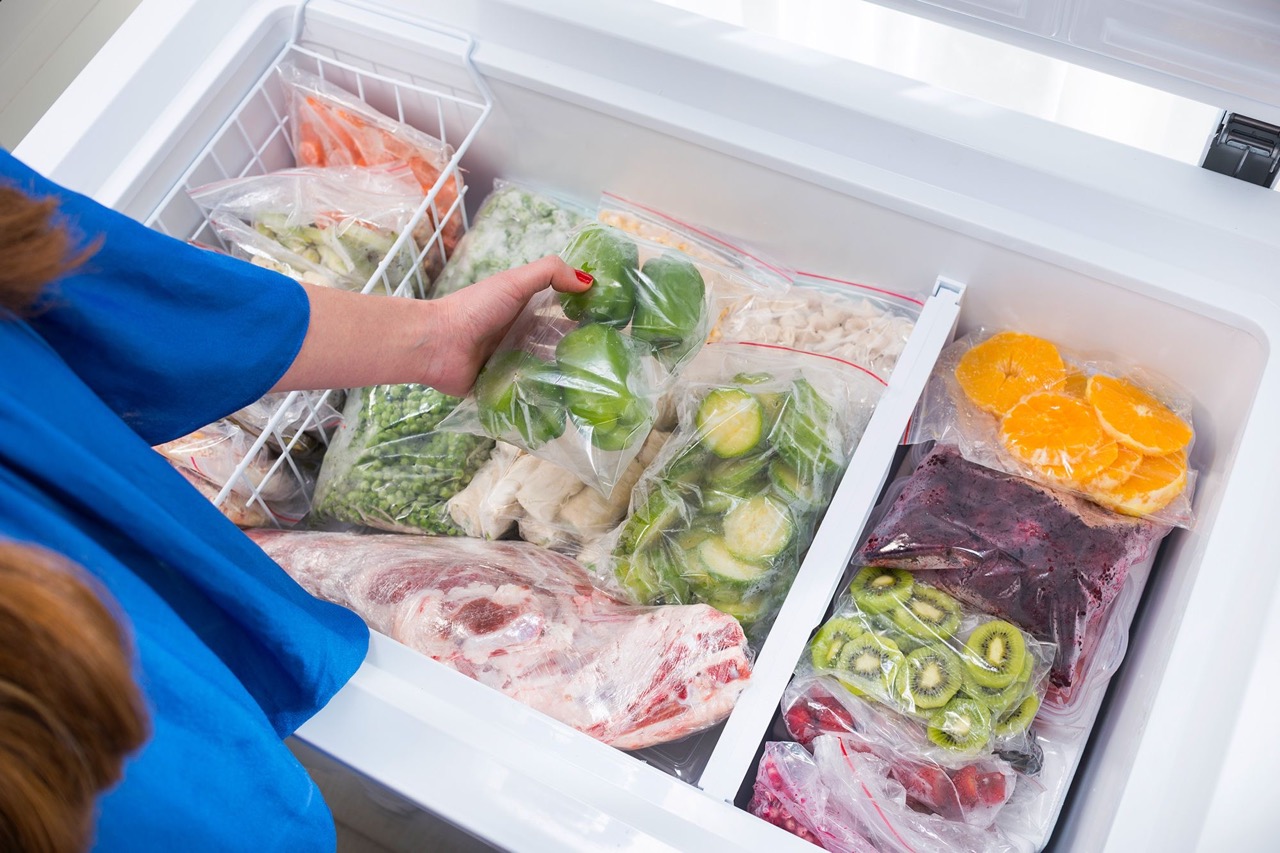
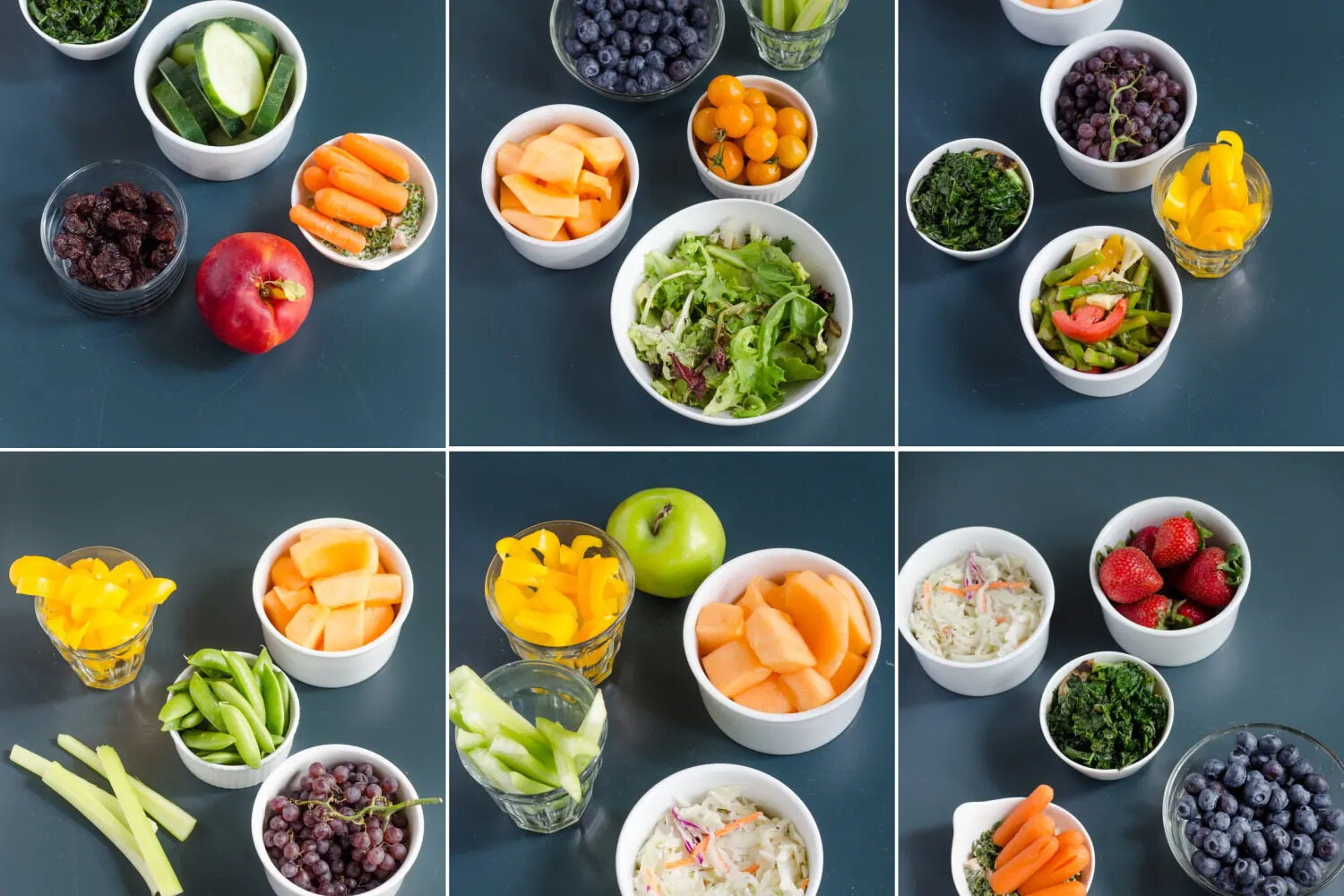
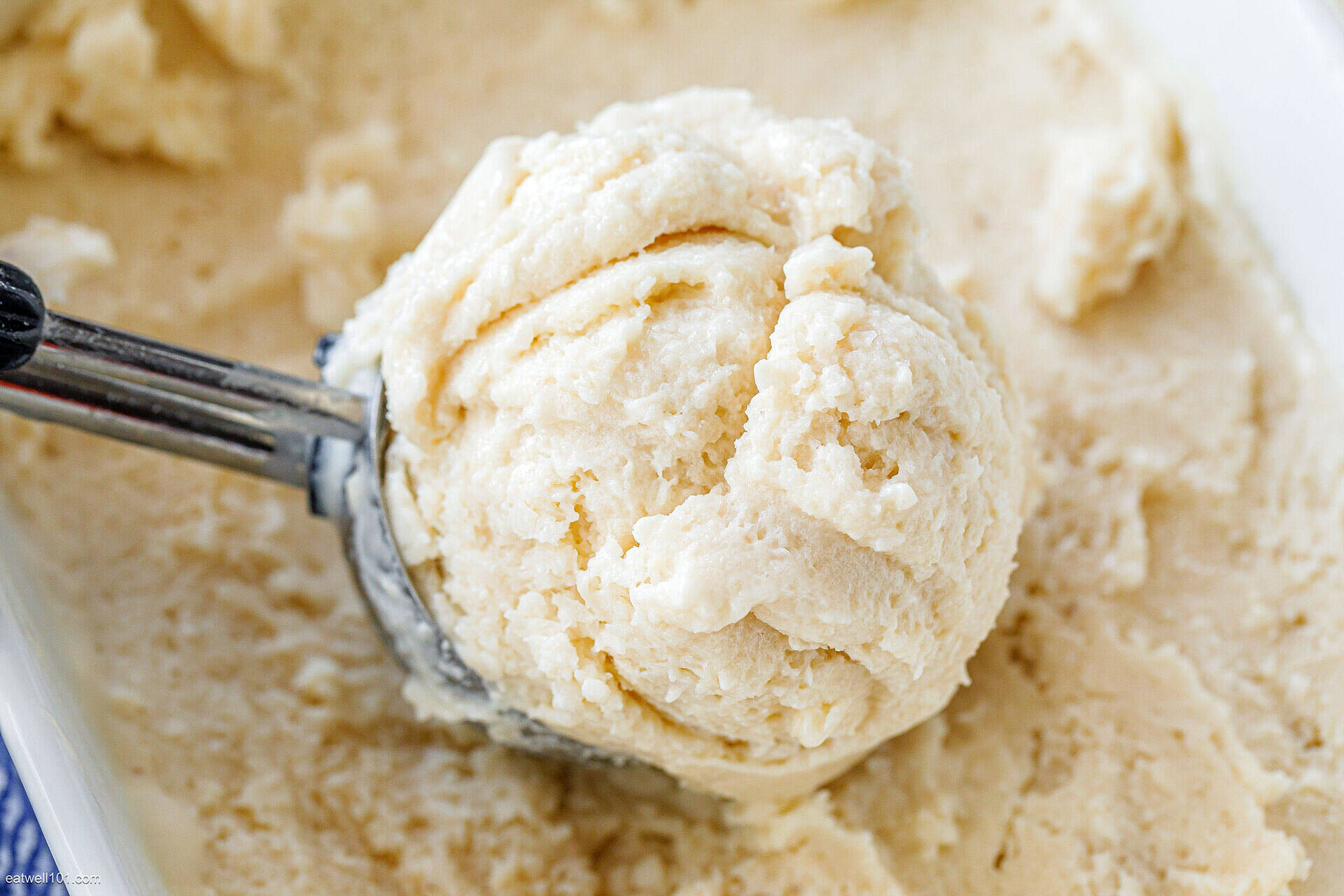
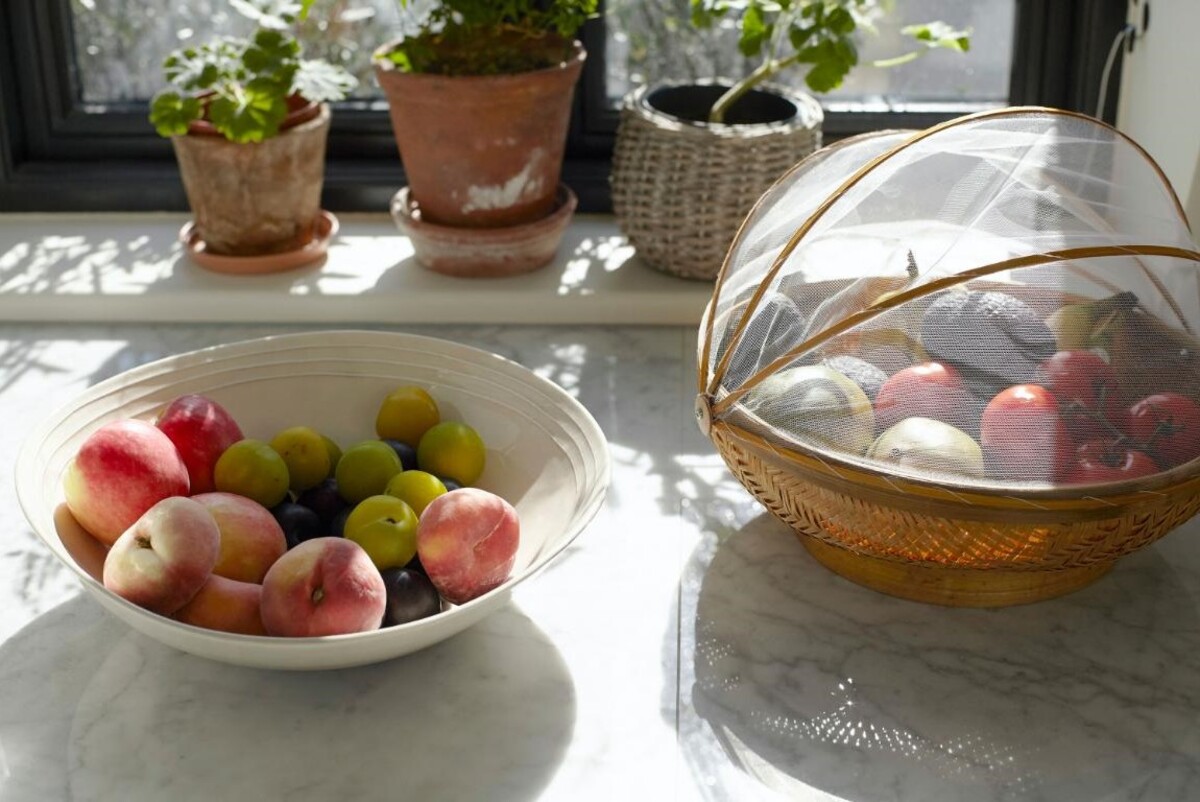
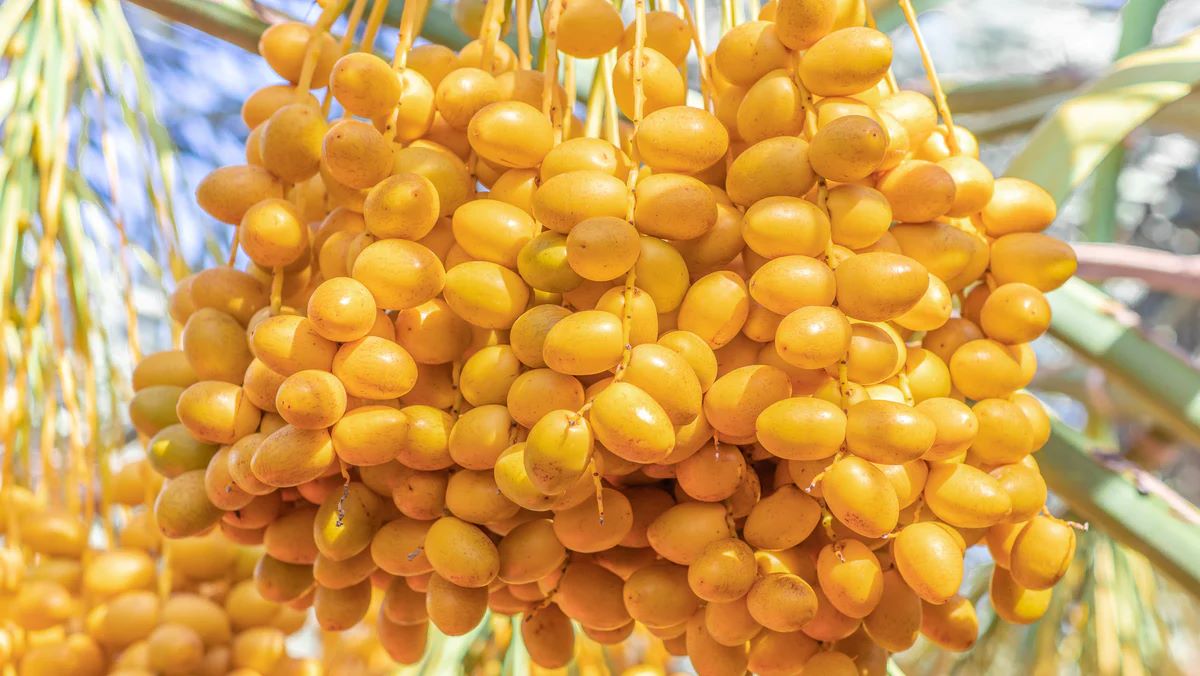

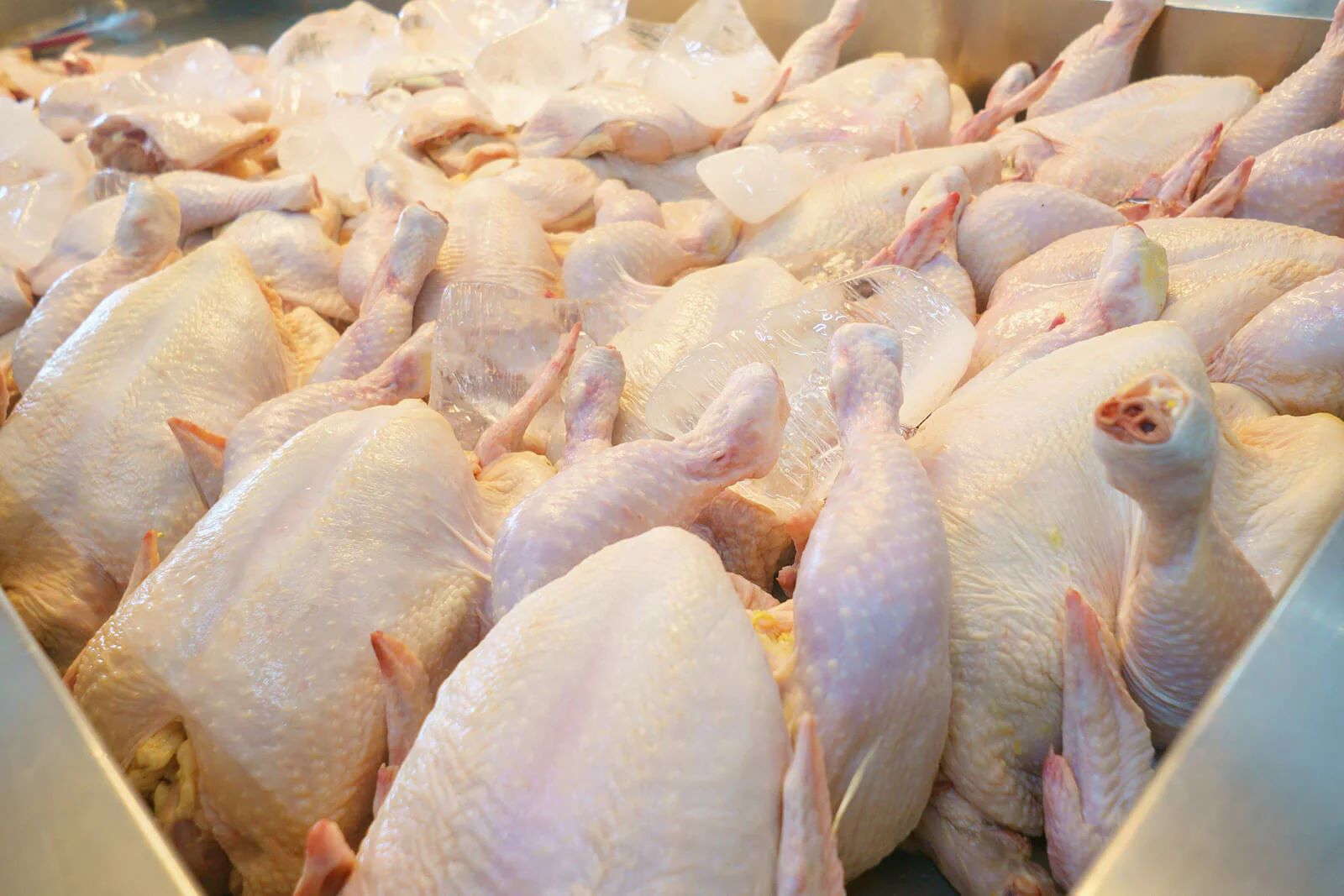
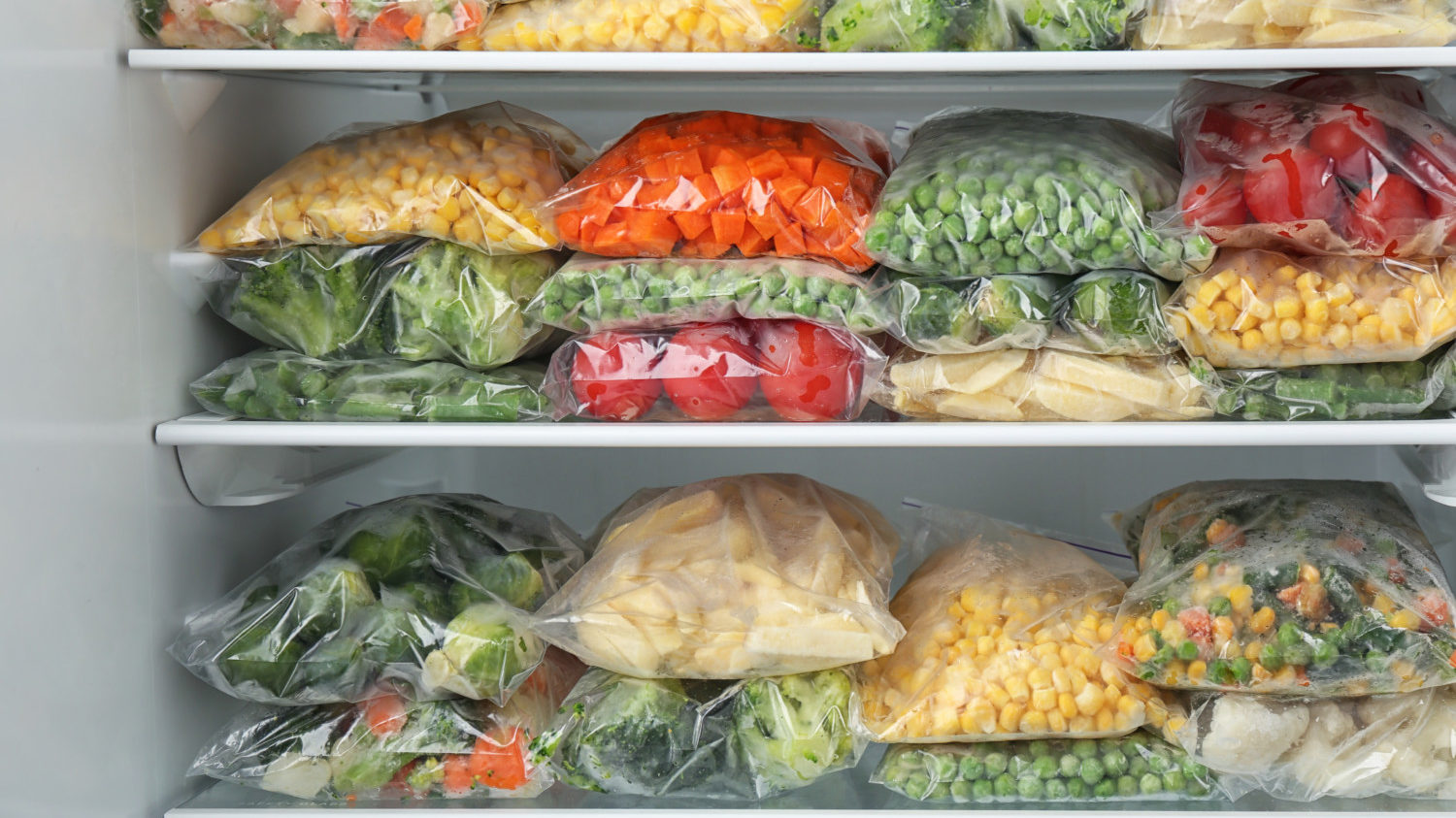
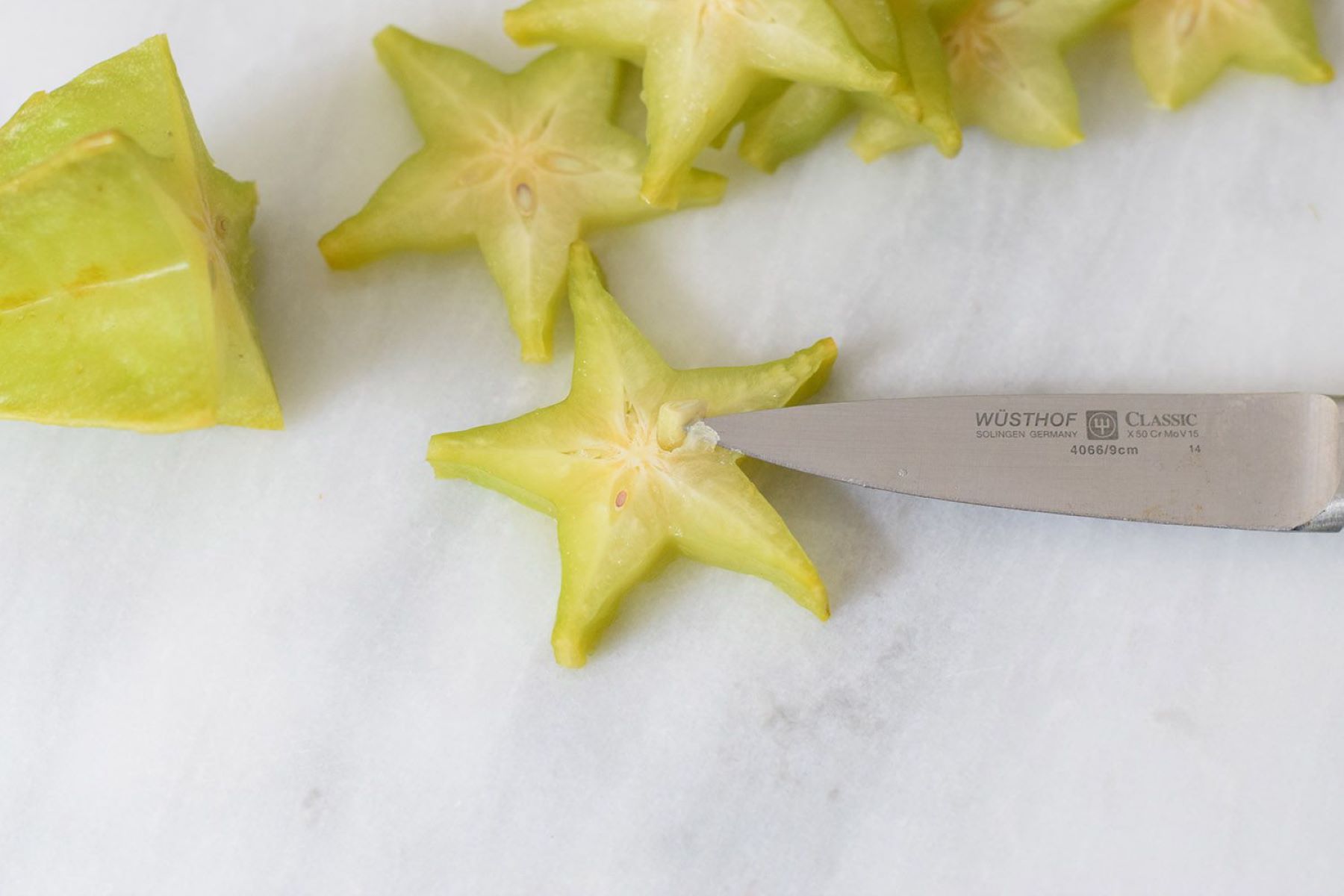

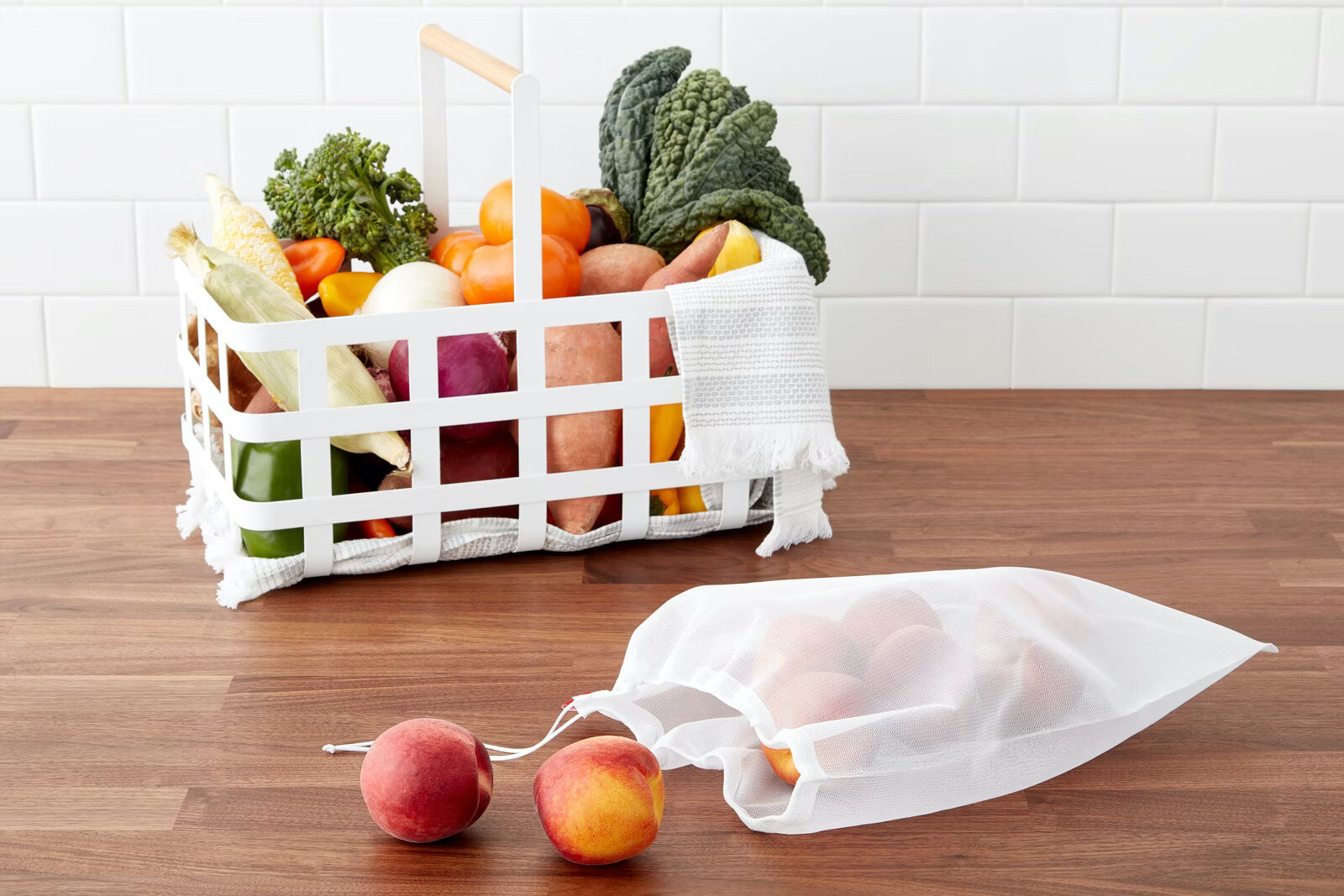
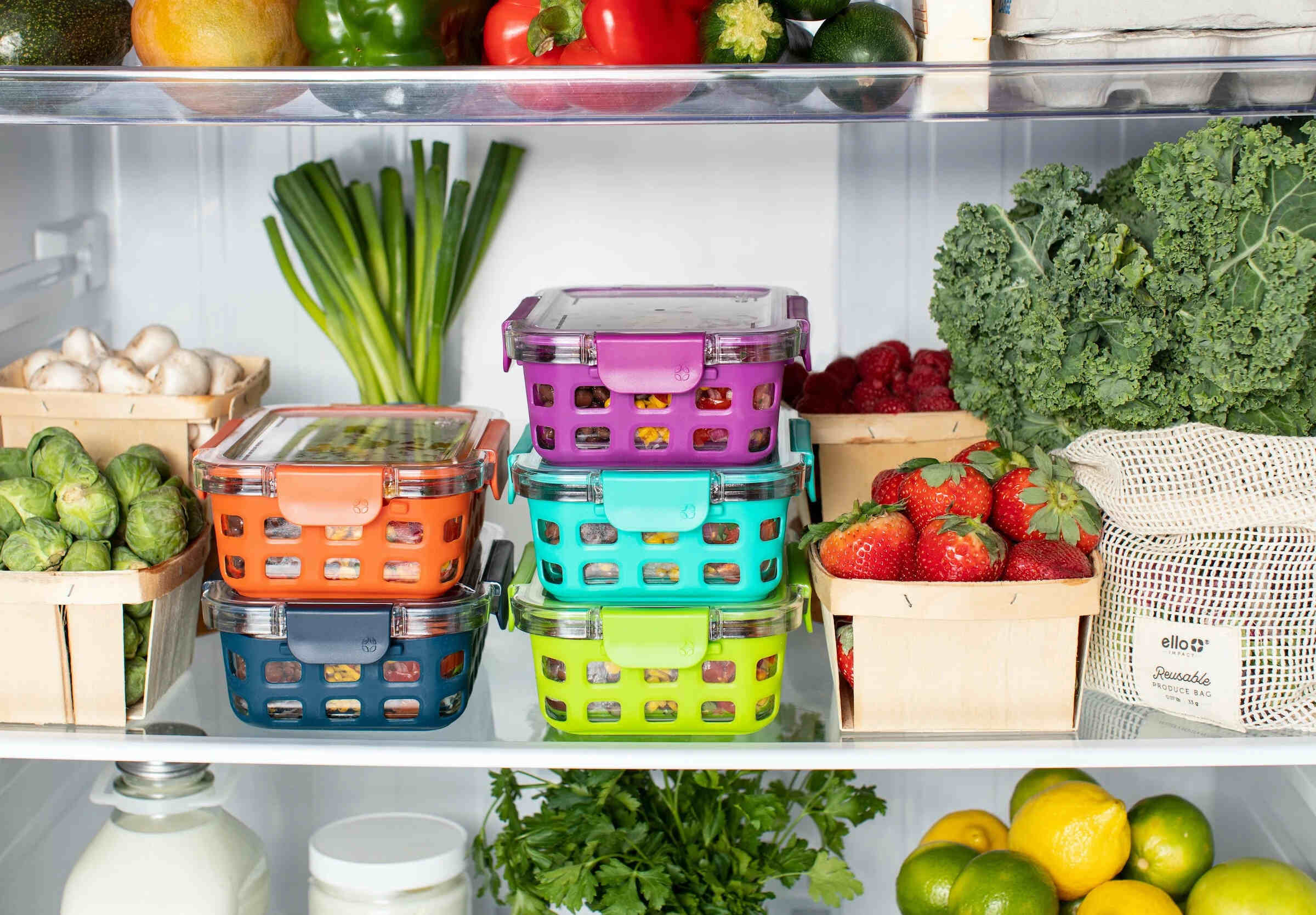
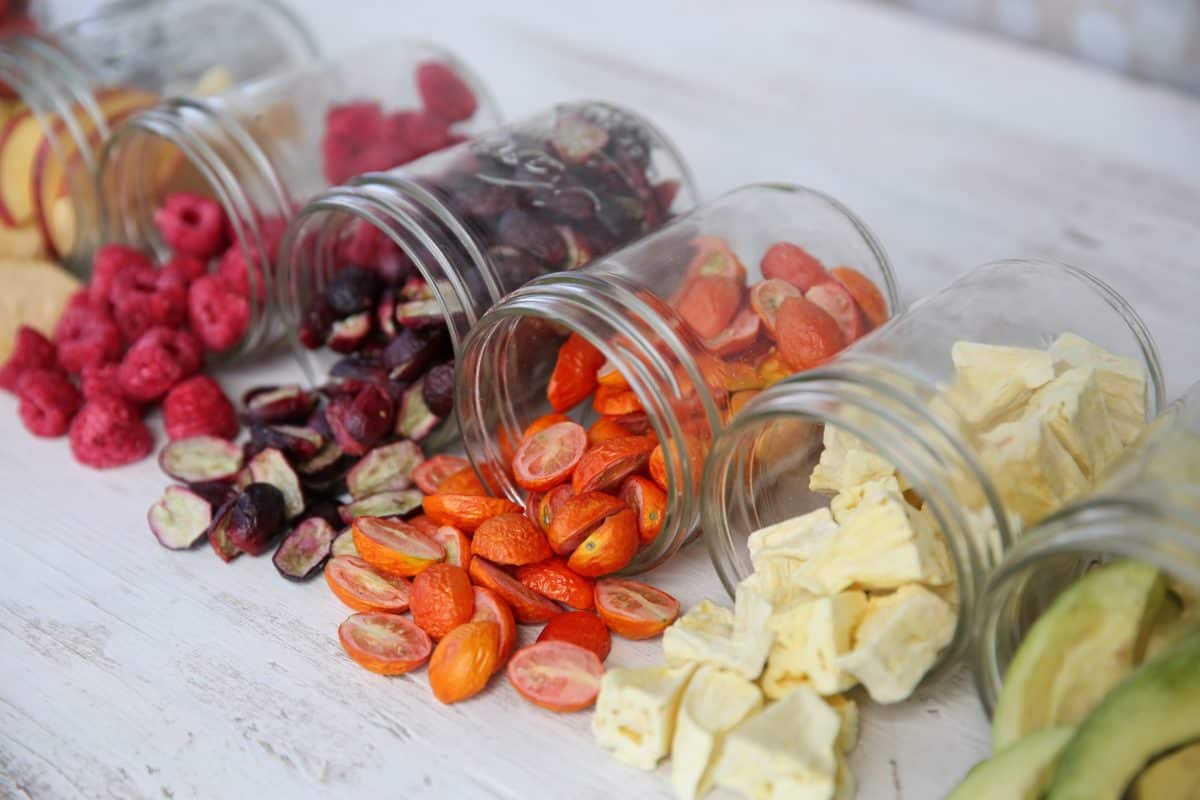

0 thoughts on “How To Store Frozen Fruit In Freezer”